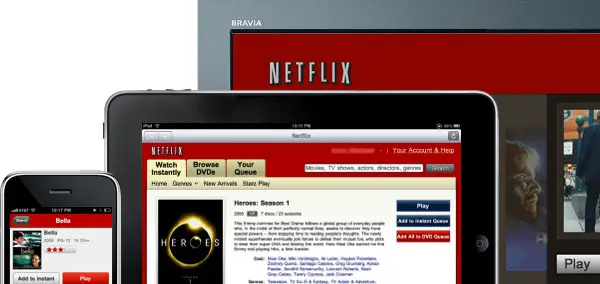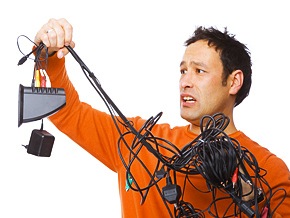 In today’s technology-laden home, the entertainment system still stands largely as a mess of too many devices, too many cords, too many power bricks and, often, not enough value for the money once all is said and done. So, the question arises as Amazon “possibly” seeks to push aside the Rokus, game consoles, Boxee boxes, U-Verse channel tuners, Apple TV hockey pucks, and other devices geared toward pumping content from one end (the distributor or re-distributor) to your HDTV (which, for the most part still only comes with about 4 standard HDMI ports), and that’s not to mention the home theater audio setups that depend on HDMI or optical digital, or those long, ungainly soundbars that do the heavy lifting on audio for HDTV’s with inferior sound (as so many offer, the thinner they get): Just what the hell is Jeff Bezos and Amazon thinking?
In today’s technology-laden home, the entertainment system still stands largely as a mess of too many devices, too many cords, too many power bricks and, often, not enough value for the money once all is said and done. So, the question arises as Amazon “possibly” seeks to push aside the Rokus, game consoles, Boxee boxes, U-Verse channel tuners, Apple TV hockey pucks, and other devices geared toward pumping content from one end (the distributor or re-distributor) to your HDTV (which, for the most part still only comes with about 4 standard HDMI ports), and that’s not to mention the home theater audio setups that depend on HDMI or optical digital, or those long, ungainly soundbars that do the heavy lifting on audio for HDTV’s with inferior sound (as so many offer, the thinner they get): Just what the hell is Jeff Bezos and Amazon thinking?
Amazon seems to want to be everywhere with their mix of Kindle-related content (hey! There’s a device called a Kindle for that, not to mention a Kindle app). Be it books, movies, TV shows or music, the Kindle has been a leading contender to Apple’s own iPad, yet Amazon seeks to want to dominate every aspect of consumer choice much like Apple does, rather than looking to the paradigm for dominance that Netflix has created. Indeed, Amazon seems to have set a focus on reinventing devices (or simply rebranding existing devices) that simply don’t need to be labeled as “Amazon” just to do the job of content delivery. Amazon is already reportedly leaping ahead into smartphones, so it seems a Kindle TV set-top box is the next logical step, as that gives them a chance to perhaps dominate their rivals (Netflix and Apple primarily, but also Hulu) while seeming to forget that their rivals aren’t all that keen on pumping out hardware so much as they are concentrating on delivering premium quality content at an affordable price on any device regardless of how it’s branded.

We’ve been through this before… It seems as if these tech companies (that were never really all that tech to begin with… Amazon, as HD-Report’s Sam Jordan pointed out, used to just sell books made of paper while Netflix had these things called discs they were willing to rent out), run by cult-of-personality CEOs, are in a kind of penis envy tussle over who can delivery content the best, but it really isn’t about content at all so much as it is about branding dominance and making folks play in a walled-garden. Apple has long played on the fact that once someone bought one of their premium hardware products, they were essentially becoming married to the company’s other lines of business (hence, iTunes and the App Store). This is how it was with the ol’ PC business (where games, business programs and other software would not play well on a Mac in a Microsoft dominated world), so why should it not be so in regards to other aspects of home technology? Even better for a company like Apple, if you’re on the go, perhaps you’ve noticed people with their faces seemingly stuck to their iPhones.
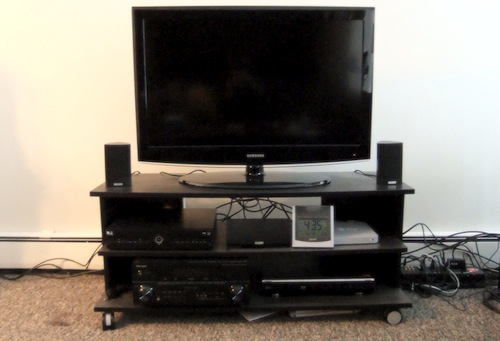
Far be it for Jeff Bezos to stand aside his warehouses full of content and let Apple dominate the delivery business. If people are now comfortable with the fact that they’re not really owning their entertainment content, thanks to Apple’s virtual control of music distribution for the past decade or so, and in fact are merely shelling out cash for a life-time rental, then its reasonable to see that Amazon might feel a bit shut out when nobody wants CDs delivered to their homes any longer. The Apple walled garden approach (or fascist sandbox, as some call it) pays off mightily for the Cupertino, California company, so it should work for other companies willing to take a risk, too… and thus, Amazon stepped up with Kindle, first focusing on books and publications, then moving on toward music and video content as well. From there, Amazon has dabbled with the “the cloud” to store your Amazon bought content purchases (similar to Apple), while trying to push its own apps capable of delivery content on any device… but that’s just not good enough for Amazon, because it does not give it an opportunity to dominate the consumer.
Not content with being merely a re-distributor of content, Netflix has now moved into original programming, but it hasn’t stepped into the fray of building its own hardware, though it almost did… once. Reed Hastings proved to be more visionary in this regard. Why trap his burgeoning video streaming service (discs were not long for this world, he rightly surmised) into a box that may or may not sell well, if at all? Why piss off the content providers he was trying to work with (the studios, the cable industry, Apple) in order to gain content by offering a competing device that, for all the hoopla that might surround it, might never really get off the ground? Lastly, why go head-to-head with device makers when the logical thing to do was get them to carry Netflix as an opt-in app for subscribers to use along with the iTunes store, or as an added “channel” to a Roku box (a box which had already proved that such a device has limited popularity in a world still dominated by cable boxes and satellite dishes)?
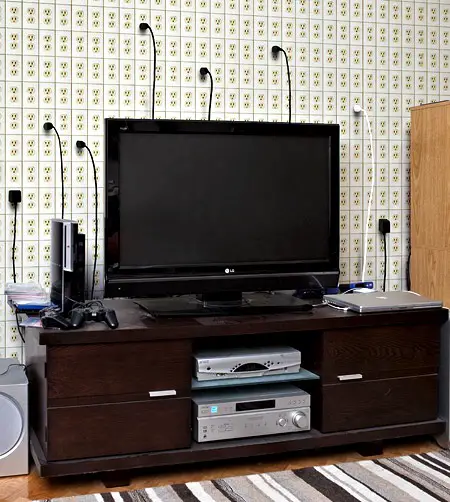
Hastings, for all times he’s been slagged by the press, Wall Street, even his own customers, seems to have played his cards right… Find me a device– be it a game console from Sony or Microsoft, a phone or tablet from Apple or the myriad Android hacks on huge handsets –that doesn’t have some way to access Netflix? Usually its because Netflix already has their very elegant (and constantly upgraded) steaming app placed on the device through a licensing deal that works for everyone. It adds value to the popular devices that it is on (with so many subscribers, 29.2 million by the last count, a device maker would be idiotic not to allow the Netflix app on their hardware). Perhaps Jeff Bezos sees a future where apps might be shut out by envious device makers, but Reed Hastings apparently thinks otherwise. Netflix won’t bother releasing a set-top box into an already cluttered marketplace (not to mention the already cluttered home entertainment areas of most homes) because it already dominates with an app that allows subscribers at no additional fee (well, except for Xbox owners that I pity and laugh at) to gain access to those old B-movies, old TV shows, and yes, premium original shows wherever they might be.
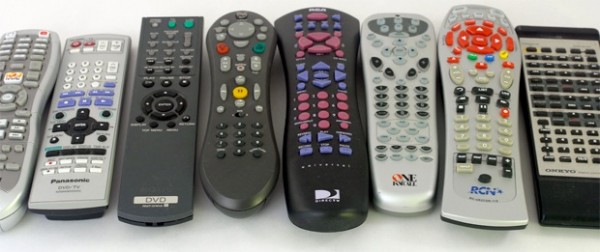
So, go… take a look at your own entertainment center and look behind the TV stand or furniture you use to support your HDTV, Blu-ray player, cable box, game console, audio equipment/soundbar, perhaps you have a computer there, too (like my own Mac Mini used to showcase content I buy off iTunes Store in glorious 1080p). Take a good look at all those cables, power bricks (ugh!), the complicated mess of connections needed to deliver digital delicacies from one end to the other. Now ask yourself… Do I really need another set-top device (no matter how small)? Do I have room on my HDTV for another HDMI cable (notice how they never seem to daisy-chain from the other devices) or room on the ol’ surge-protecting power strip for another UL-approved electrical cord? Do I really need something that just offers me stuff from Amazon when I’m already locked into Apple’s walled-garden; heck, do I even like the idea of a walled garden from which there is seemingly no escape? And, to think… I haven’t even mentioned Google TV in this piece at all! In the end, it might be smart for tech companies to begin asking some basic questions before creating yet another piece of hardware that, over the long haul, might just sit, gathering dust rather than being truly useful.


